2025 Hyundai Ioniq 5 vs. Ford Mustang Mach-E: 5 Electrifying Differences originally appeared on Autoblog.
Ford and Hyundai go head-to-head
The electric crossover segment is only getting more competitive as the years go by, and the Ford Mustang Mach-E and Hyundai Ioniq 5 are two of the closest rivals around. Both models feature impressive performance specs, thanks in part to the instant torque from their electric motors, which makes it a rather negligible factor for most drivers. Outside of performance, the Mustang Mach-E and Ioniq 5 feature distinctive styles, charging capabilities, and pricing that could sway consumers toward one EV over the other.
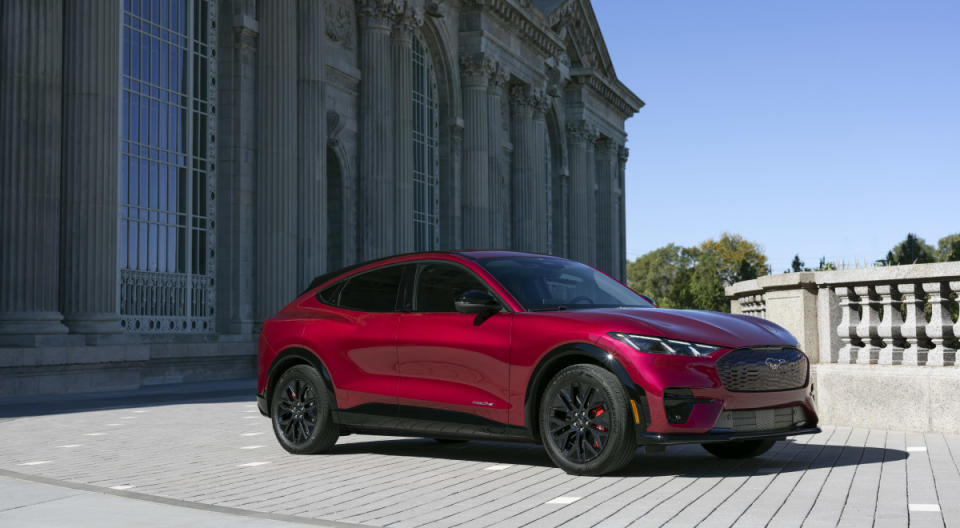
1. Ford Mustang Mach-E has a lower entry cost
Ford reduced the price of the Mustang Mach-E for the 2025 model year, making it more affordable than most of its competitors, including the Hyundai Ioniq 5. Starting at $37,995, the base Mustang Mach-E undercuts the base Ioniq 5 SE Standard Range, priced from $42,600, by more than $4,000.
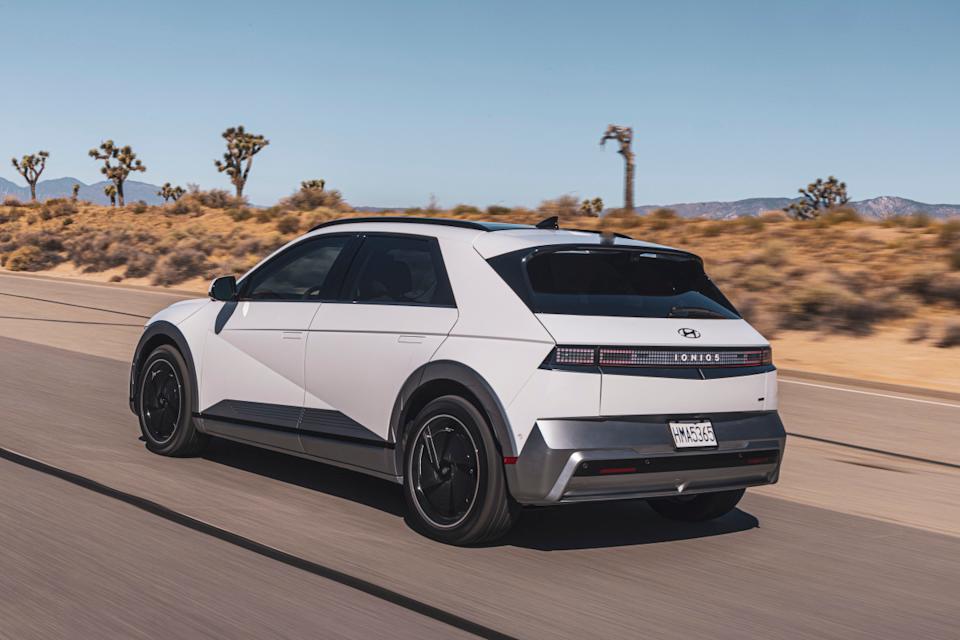
That trend continues into the middle of the range as well. The Mustang Mach-E Premium starts at $41,995, while the Ioniq 5 SE starts at $46,650. That number gets more competitive towards the end of the range, with the Ioniq 5 Limited narrowly beating out the Mustang Mach-E GT, priced from $54,300 and $54,495, respectively.
Notably, however, both models have a top-spec model designed for performance. The Ford Mustang Mach-E Rally starts at $58,490, easily undercutting the Hyundai Ioniq 5 N, available from $66,200. The Mustang Mach-E Rally sprints to 60 mph in 3.4 seconds, but the Ioniq 5 N has a slight edge in performance, with a 0-to-60 time of just 3.25 seconds.
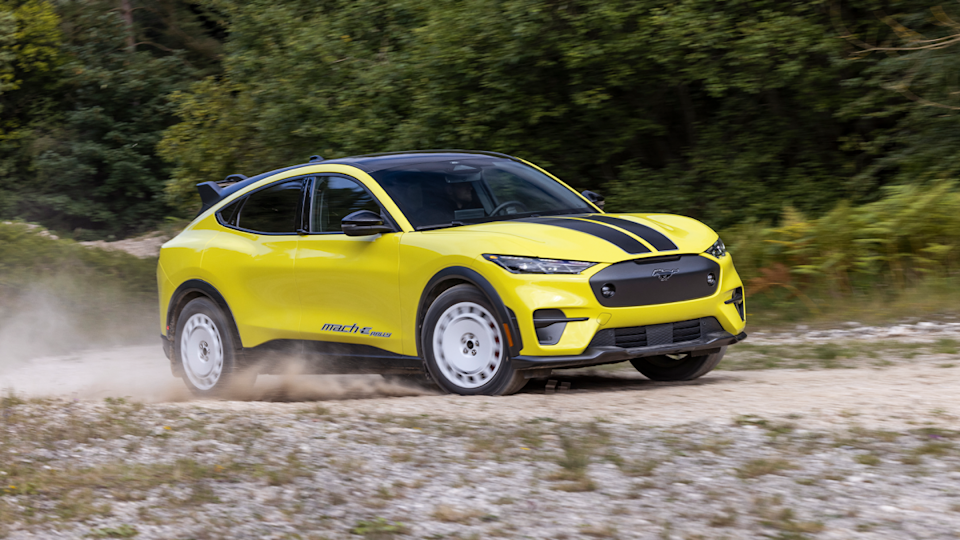
The Hyundai Ioniq 5 is also available in off-road form. The XRT model starts at $55,500, undercutting the Mustang Mach-E Rally from that angle as well. Notably, however, Ford’s electric crossover comes with more specialized features, like Drift Mode, that offer a higher level of driver engagement.
2. Ford Mustang Mach-E’s extended-range battery offers longer driving ranges
If you plan on using an EV as your daily driver, then you already know range anxiety isn’t something to take lightly. When it comes down to the Ford Mustang Mach-E and Hyundai Ioniq 5, the former is the better pick, with longer ranges available on most models. At the base level, for example, the Mustang Mach-E with a standard battery offers a 260-mile range, while the Ioniq 5 falls a little short at 245 miles of range.
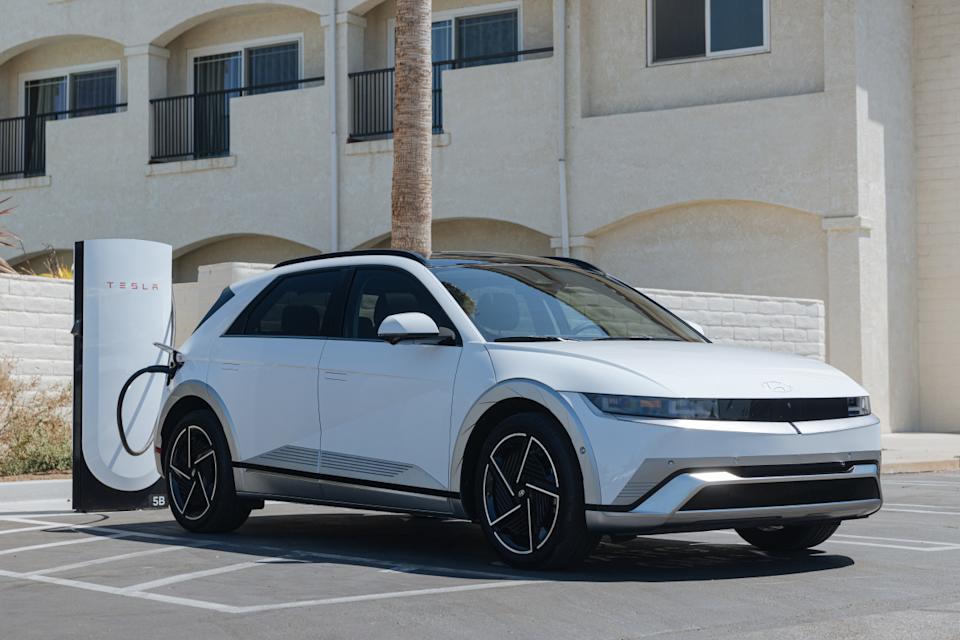
Moving beyond the base models, things get more competitive. An Ioniq 5 equipped with rear-wheel drive offers an EPA-estimated 318 miles. The Mustang Mach-E offers 260 miles in a similar setup, but stepping up to the extended-range battery increases range to 320 miles with rear-wheel drive. Adding AWD to both models reduces the Ioniq 5’s range to 290 miles, while a Mustang Mach-E with the larger battery comes in at 300 miles on the dot.
The Ford Mustang Mach-E GT continues that trend, with a slightly larger battery to account for its increase in performance. That model delivers an EPA-estimated 280-mile range when paired with AWD. At the tippity top of the range, the Ford Mustang Mach-E Rally features a 265-mile range, while the Ioniq 5 N offers just 221 miles of range.
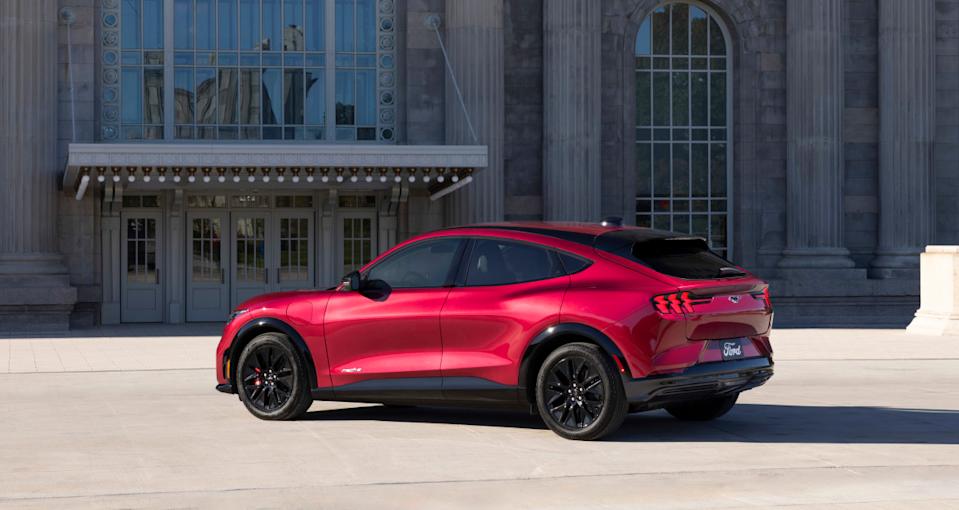
3. Hyundai Ioniq 5 has a faster charging speed
If you frequently make long trips, a bit of extra range isn’t quite going to cut it. In that scenario, charging times become a priority, especially when every minute counts. The Hyundai Ioniq 5 is the class leader in that respect, charging from 10% to 80% in as little as 20 minutes at DC fast chargers across all trim levels and setups.
The Mustang Mach-E is one of the slower-charging models in the segment. Ford’s electric crossover takes 38 minutes to reach an 80% charge, nearly twice that of the Ioniq 5. For comparison purposes, the Volkswagen ID.4, which competes with both models, lands in the middle, with a 28-minute charge time. The Mustang Mach-E’s electrical architecture is designed to handle 150 kW, while the Ioniq 5 can handle up to 350 kW.
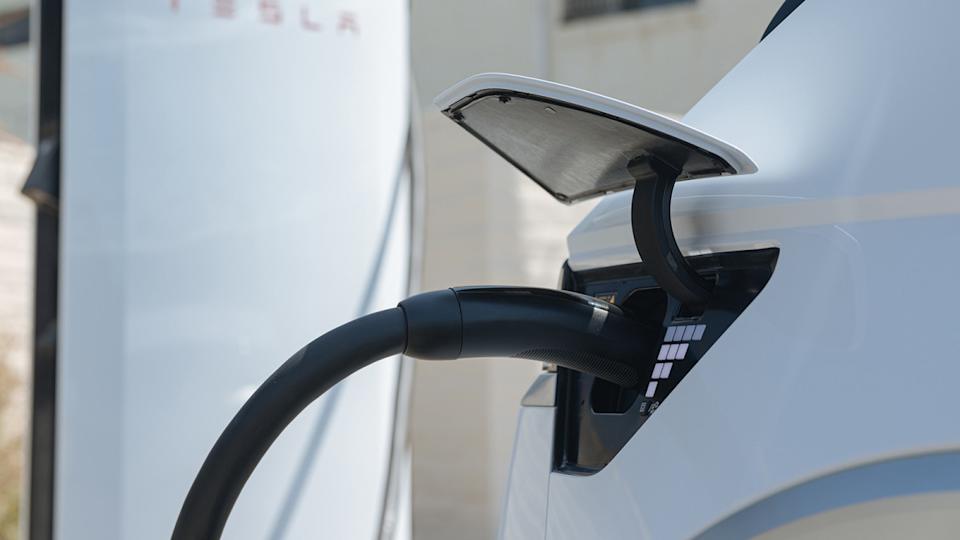
4. Ford Mustang Mach-E has a larger frunk
The front trunk, or frunk, isn’t the most important part of an electric crossover, but it can be a nice addition, especially for tailgating and similar gatherings. The Mustang Mach-E features a five-cubic-foot frunk, but the fun doesn’t stop there. Ford went above and beyond to design the frunk with a plastic tray that can be rinsed and drained. Not only that, but the American automaker showed just how functional it can be with a promotional photo where they filled it with chicken wings.

The Hyundai Ioniq 5’s frunk doesn’t compare to that of the Mustang Mach-E, measuring just 0.85 cu ft. Interestingly, models sold outside of North America get a 2.01 cu ft. frunk. The reasoning for the smaller frunk in North America seems to boil down to the front motor in both RWD and AWD setups. On the bright side, at least the Ioniq 5 has a frunk, unlike the Chevrolet Equinox EV, which houses the powertrain beneath the hood.
5. Both models feature their own unique styling
If you park the Mustang Mach-E and Ioniq 5 next to one another, it’s clear that their styling couldn’t be more different. Ford’s offering carries elements lifted from the Mustang muscle car, including the pony badging, sleek lines, and aggressive demeanor. Inside, however, the electric crossover couldn’t be more different from its muscle car sibling. The EV features an interior with a flat floor that offers plenty of room in the cabin for passengers, up to 101 cu ft. to be exact. Folding down the rear seats puts cargo space at a rather roomy 59.7 cu ft. A 15.5-inch touchscreen display and wireless Apple CarPlay and Android Auto make for a connected experience.
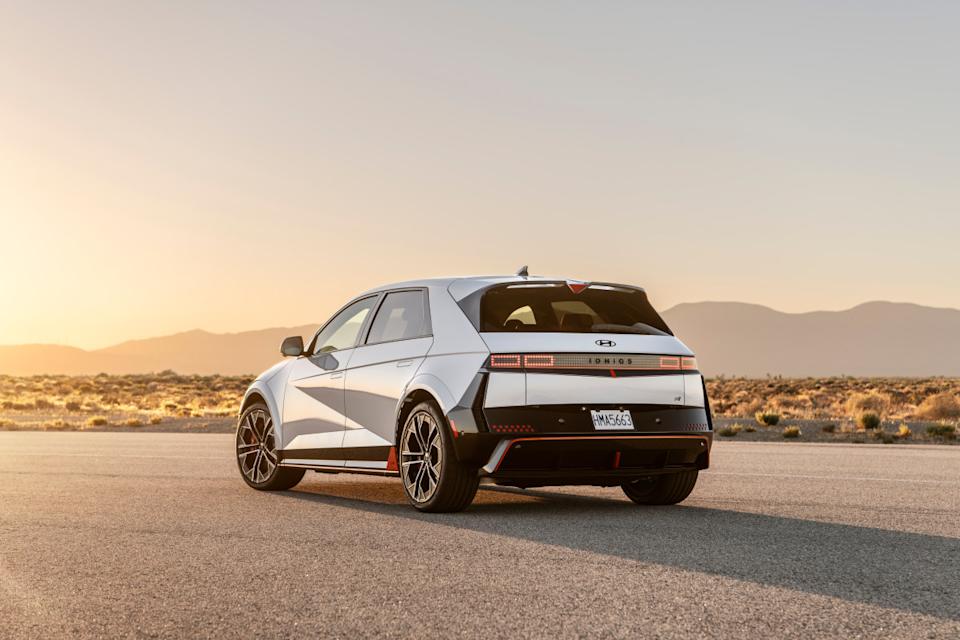
The Hyundai Ioniq 5 goes more retro, with styling reminiscent of decades past that blends with a futuristic aesthetic. The Korean EV features flush door handles and parametric pixel LED lighting, as well as LED accent lighting, that merge well with the clamshell hood and invigorating lines. Inside, the Ioniq 5 comes loaded with tech, including a 12.3-inch touchscreen display and wireless Apple CarPlay and Android Auto connectivity. The exterior is somewhat deceptive, as the interior boasts 106.5 cu ft. of passenger space and 58.5 cu ft. of cargo space with the rear seats folded down.
Final thoughts
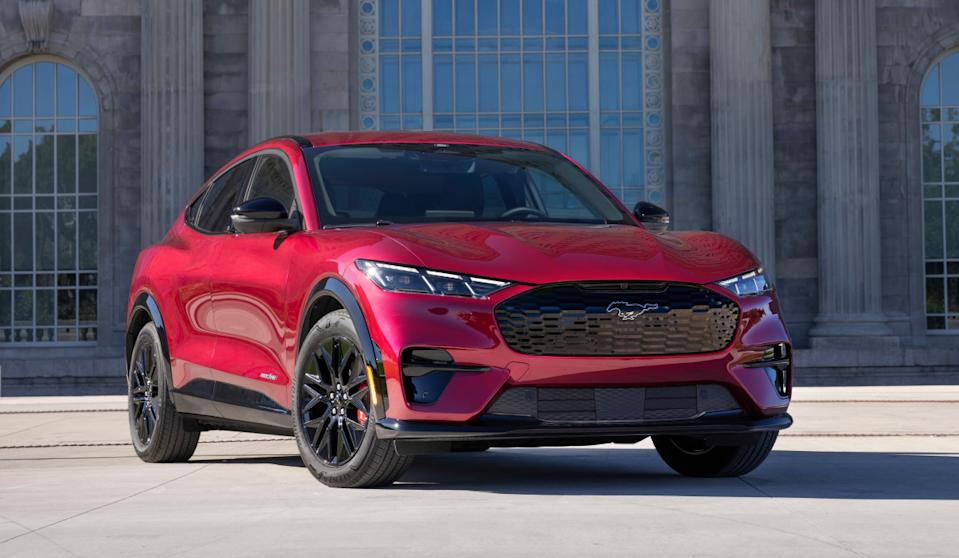
While the Ioniq 5’s style is the more unique of the two, the Mustang’s styling elements are hard to ignore. Then again, I also have a 2022 Chevy Blazer RS that incorporates design elements from the Camaro. In other words, I may be a little biased towards the muscle car aesthetic. With its lower price, slightly better range (with the larger battery), and larger frunk, however, the Ford Mustang Mach-E has plenty of advantages outside of appearance.
The Hyundai Ioniq 5 is an excellent EV as well, with competitive range, some of the fastest charging speeds in the industry, and a roomy interior fit for families. That’s not to mention the retro styling that’s sure to turn heads. When all is said and done, the Ioniq 5 features the substance and style to make it one of the most competitive electric crossovers on the market.
2025 Hyundai Ioniq 5 vs. Ford Mustang Mach-E: 5 Electrifying Differences first appeared on Autoblog on Aug 16, 2025
This story was originally reported by Autoblog on Aug 16, 2025, where it first appeared.
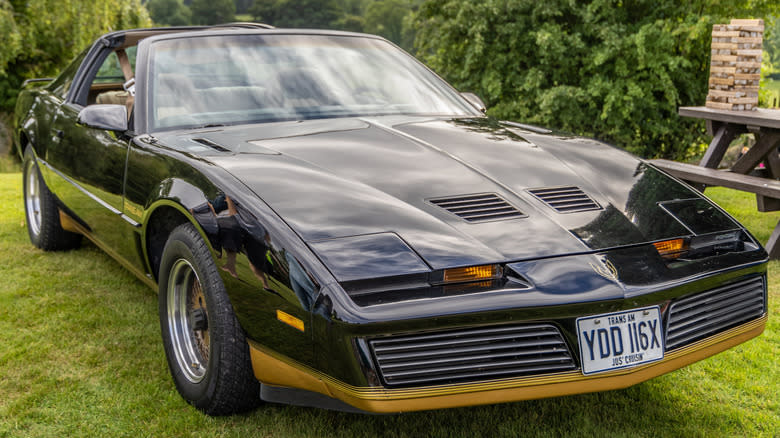
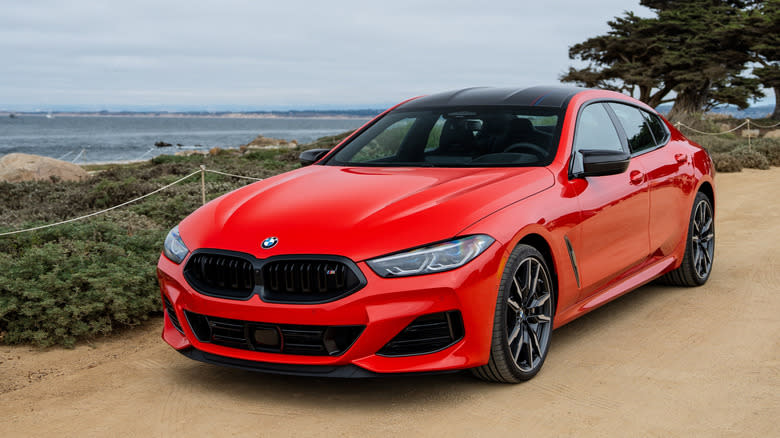

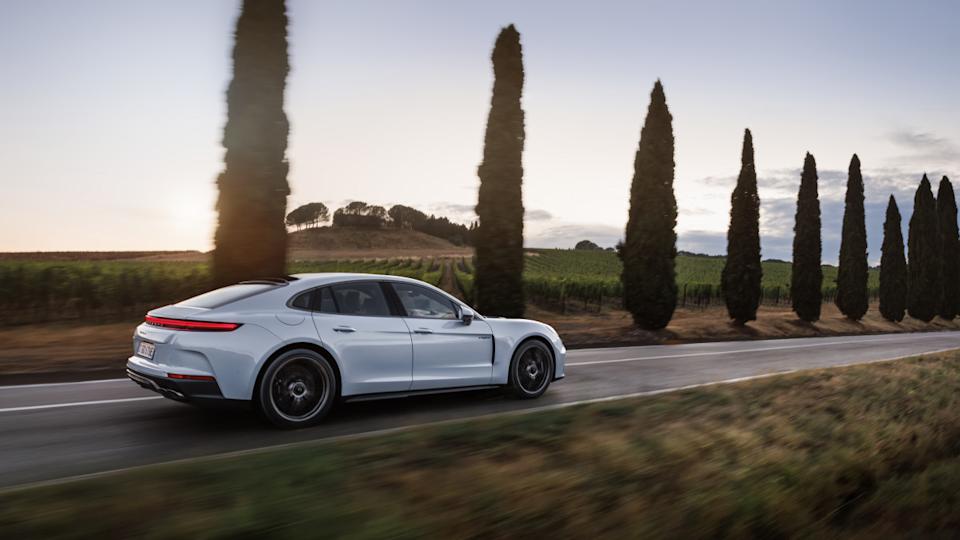
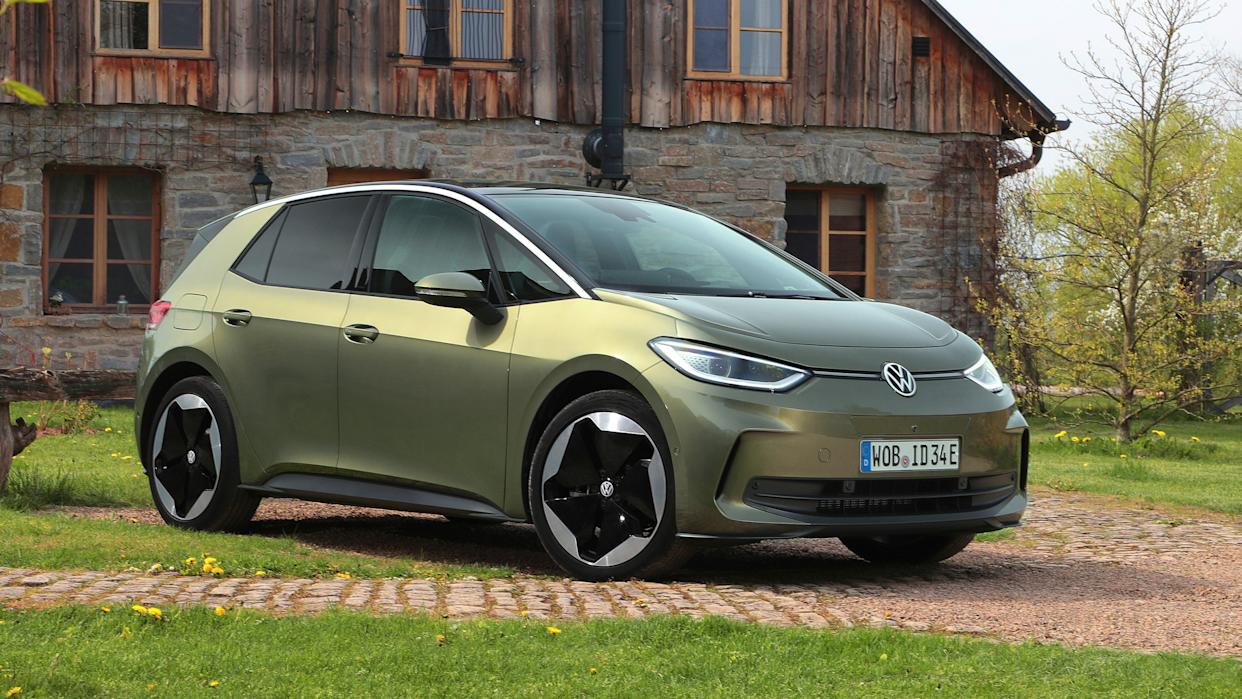


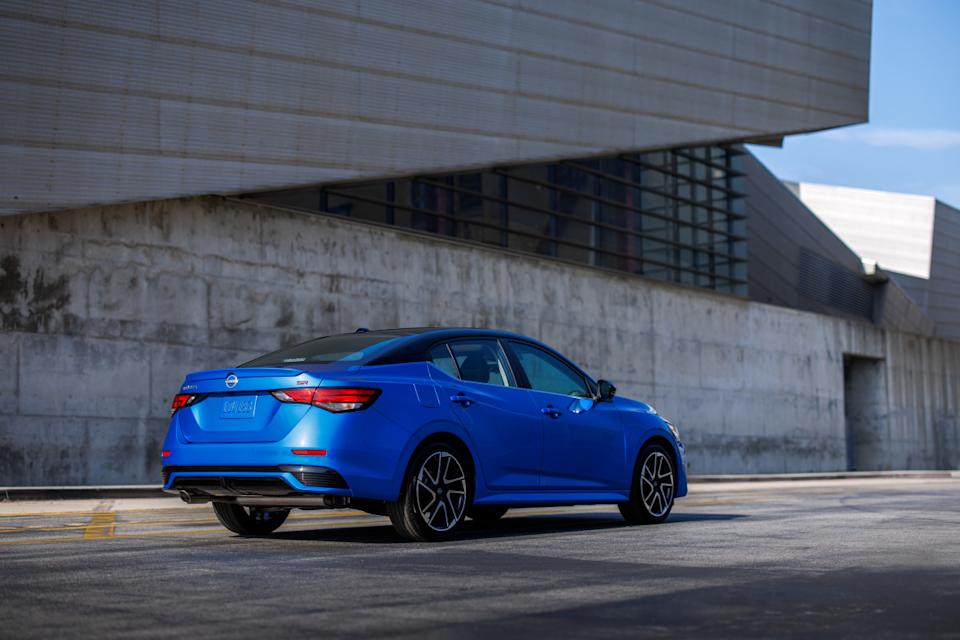
Comments